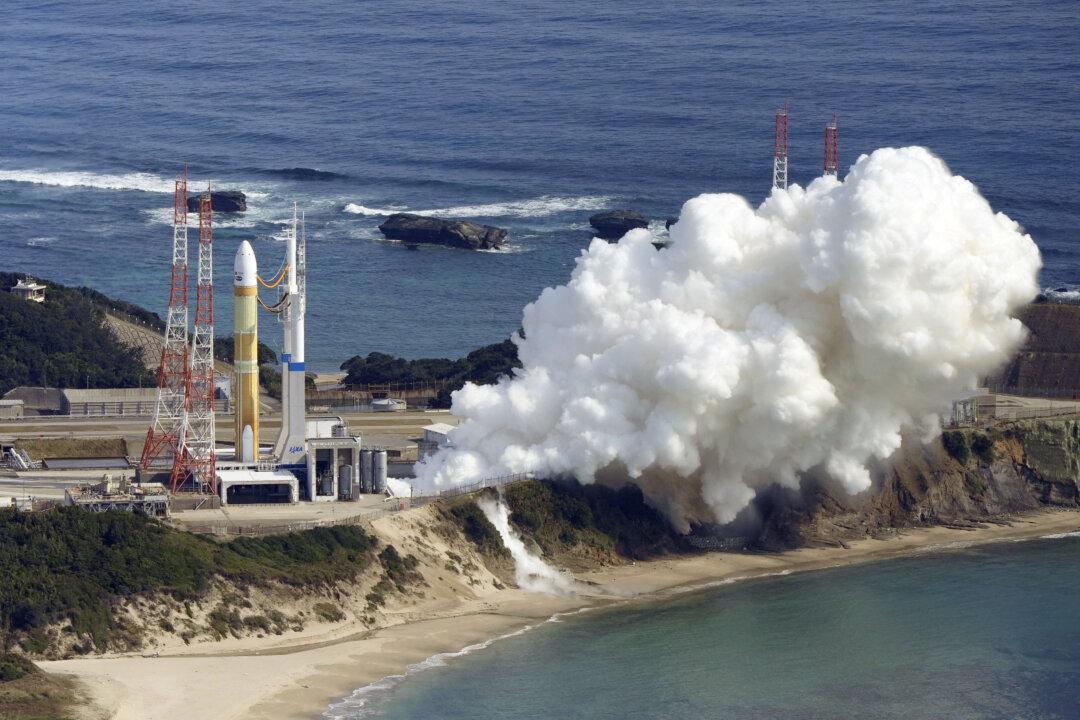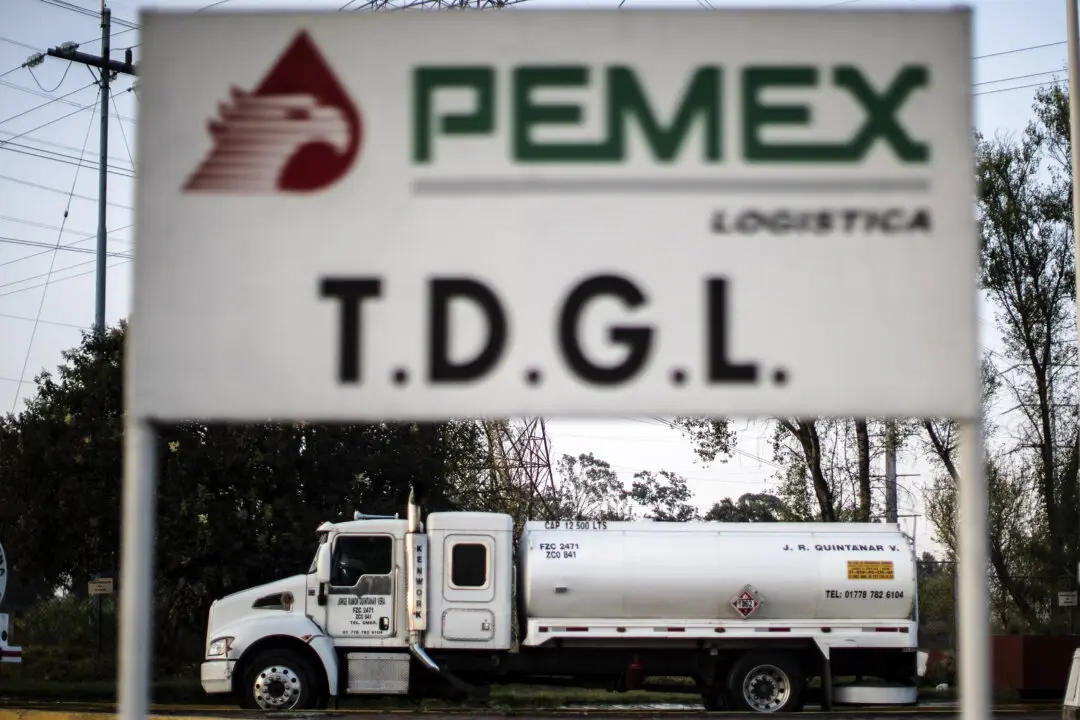The Japanese Aerospace Exploration Agency (JAXA) was forced to abort the first-ever launch attempt of its powerful new H3 rocket on Feb. 16 after secondary booster engines failed to ignite—the latest in a series of delays that have plagued the rocket project.
The test flight was conducted on Thursday evening at Japan’s Tanegashima Space Center and was expected to send a satellite into orbit. The H3 rocket had hit the countdown to zero, only for the launch to be aborted. Though its two LE-9 engines ignited, the two solid boosters failed. The 187-foot rocket remained on the ground along with the ALOS-3 land observation satellite, which could be used for detecting North Korean ballistic missiles.





